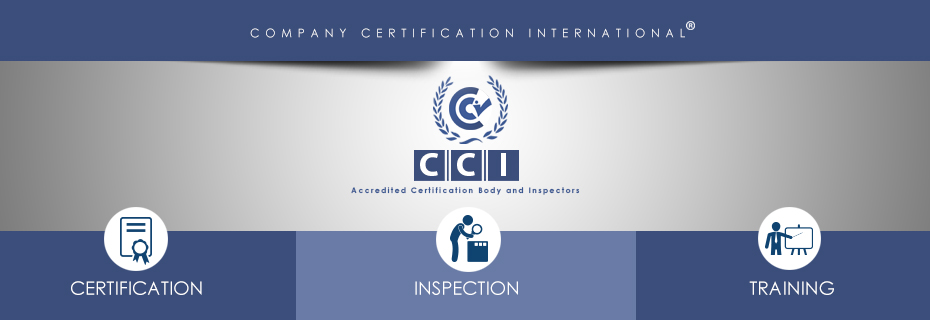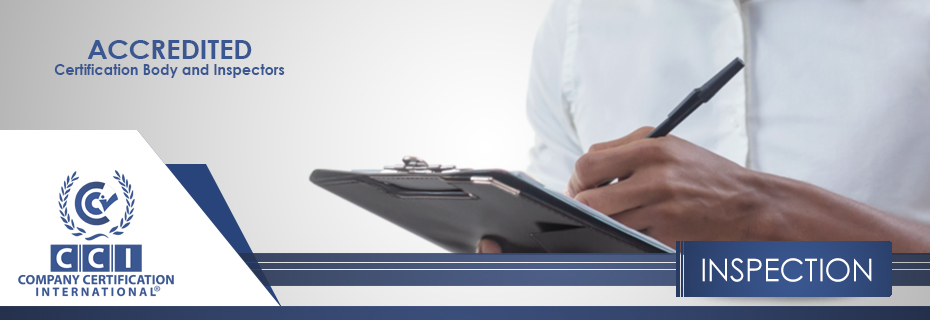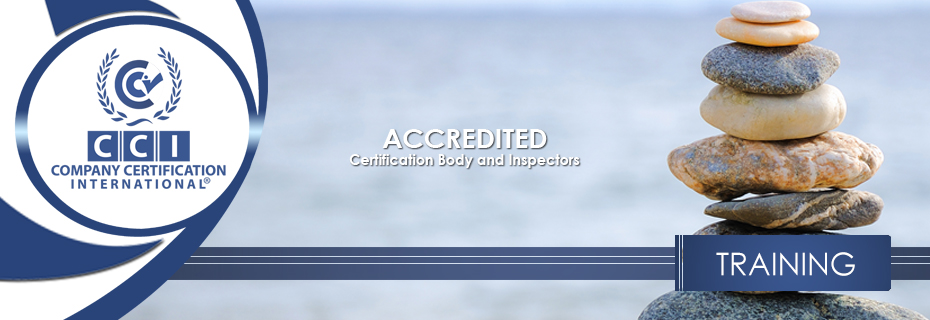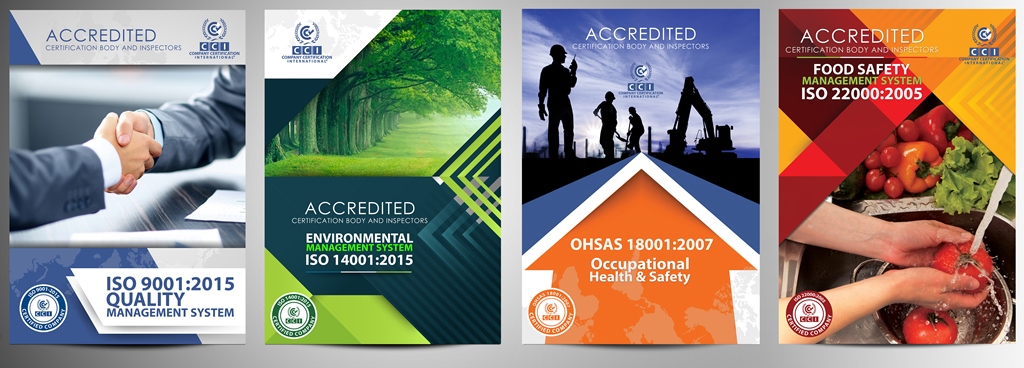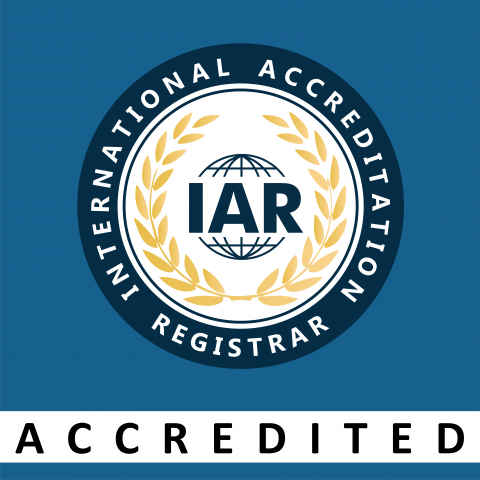Management System Audits
Audit & Types of Audit?
An audit is a tool used to review a process or function to determine if it is fit for purpose. Audits examine and compare a process against the documented version of it to determine if it still meets its aims and goals. In this way, they are great simulators for change and growth within a business as they can highlight potential areas for improvement.
There are several types of audits related to ISO Certification and Management System Standards, which can be broadly categorized as follows:
1. Internal Audits / First-Party Audits:
- These audits are conducted by the business on its own systems as part of maintaining the Management System.
- They focus on individual systems and processes to confirm their continued suitability.
- For smaller businesses or those unprepared for external audits, third parties can perform internal audits on their behalf.
Tips for Maximizing the Benefits of Internal Audits.
2. Supplier Audits / Second Party Audits:
- These audits assess the systems and processes of an organization's suppliers or contractors.
- The goal is to determine if suppliers are adhering to their stated practices.
- While businesses typically conduct supplier audits themselves, they can also delegate third parties to perform these audits on their behalf.
Tips for Maximizing the Benefits of Supplier Audits.
3. External Audits / Third Party Audits:
- External audits are carried out by an impartial third party at various intervals during the year.
- They serve to ensure the management system's compliance with the ISO Standard, in addition to the external ISO certification audit.
- The third-party may examine the management system partially through random sampling or comprehensively to confirm ISO Standard requirements and provide guidance for improvements.
ISO Certification Audit / Stage 2 Audit:
- This audit involves a comprehensive examination of the Management System to assess the implementation of processes and procedures required to meet the chosen ISO Standard.
- Successful completion of this audit results in certification, which is granted only once for each Standard.
Recertification Audit:
- Performed at the start of a certification cycle, the recertification audit verifies the organization's correct maintenance of its Management System and compliance with documented procedures in line with the ISO Standard.
- This is a comprehensive audit covering all documented processes and is crucial for maintaining certification.
Surveillance Audit:
- This periodic on-site review is usually conducted annually.
- It ensures that the certified business continues to comply with Standard requirements, as confirmed during the Recertification Audit at the certification cycle's outset.
- Surveillance Audits typically focus on specific sections of the Management System.
Remote Audit:
- A Remote Audit is an off-site version of the Surveillance Audit, conducted once a year.
- It involves using email and other resources to review and audit required documentation.
- Like its on-site counterpart, a Remote Audit focuses on specific sections of the Management System.
Compliance Audit:
- Businesses with Management Systems and no ongoing audit support may opt for a Compliance Audit.
- This in-depth audit assesses the system against ISO Standards to ensure it meets all requirements.
- It provides an option for organizations with established Management Systems and proper processes in place.
Please note that Remote and Compliance Audits may not be suitable for all businesses, and their applicability depends on specific circumstances and needs.
The Certification Process
Online gap analysis allows us to see the current
- quality benchmark within your organization,
- the finances required
- the time required for this project (System and Certification Fee)
Your Estimate will be shared with you in 24 hours.
Upon Estimate Approval the project starts:
- A client executive is assigned to your project
- Contact information is shared with you
- The Payment details are provided to you
All Support is delivered Online.
The Client Executive will provide the Documentation Templates and explain to you how to amend it.
You will be required to perform the following tasks:
- Identify your core or business processes.
- Amend documentation that meets your business needs. (Policy statements, objectives, manuals, work instructions, job descriptions, forms.)
- Encourage employees to be aware of the new documented system
- Review, approve, and distribute the documents to those who need access to the information.
- Ensure procedures are being performed as documented.
- Ensure employees are trained properly for the tasks they are performing.
- Create effective reporting systems.
- Monitor the effectiveness of your processes through the use of measurable data, where possible.
- Review and take action to improve in the areas required.
- Plan internal auditing activities.
- Submit your management system documentation for review to ensure it complies with the applicable standard.
- Prepare for review by an external auditor to confirm that the system’s requirements are being satisfied and that the management system is implemented effectively.
- Obtain ISO Certifcaiton
- This periodic on-site review is usually conducted annually.
- It ensures that the certified business continues to comply with Standard requirements, as confirmed during the Recertification Audit at the certification cycle's outset.
- Most are conducted remotely.
Refer to learn more about Types of Audits


